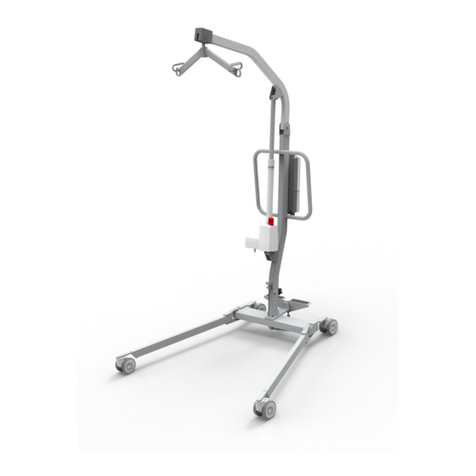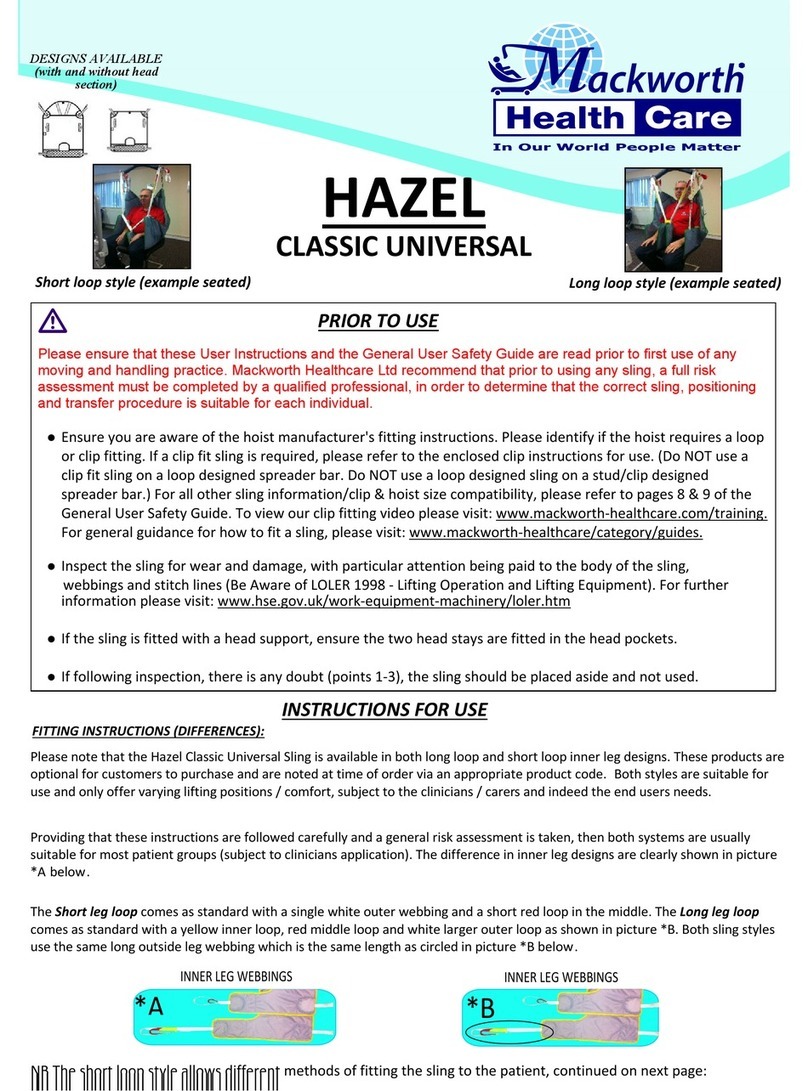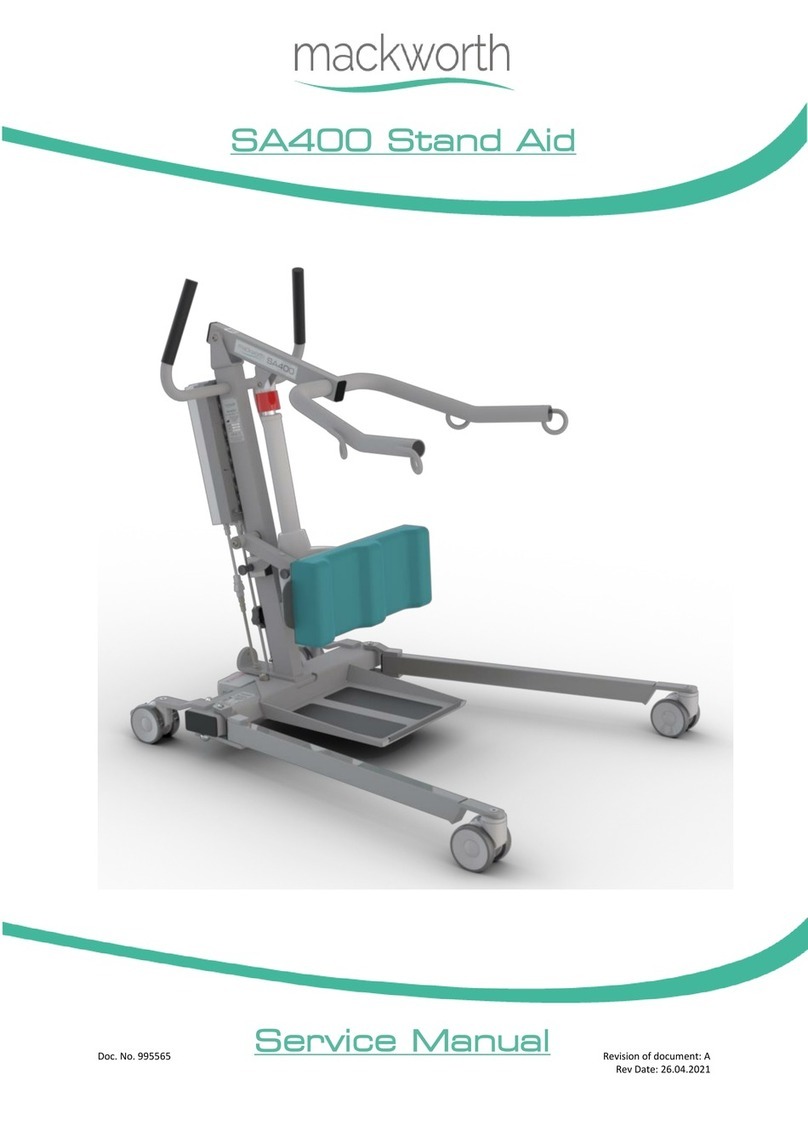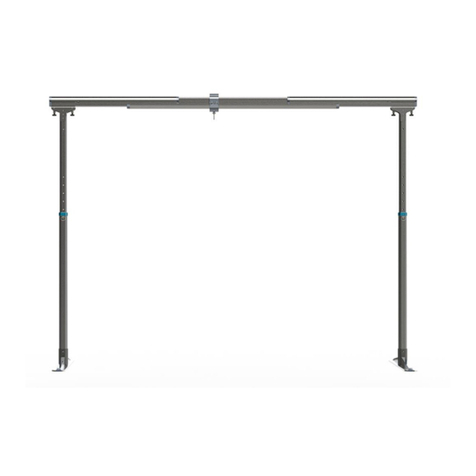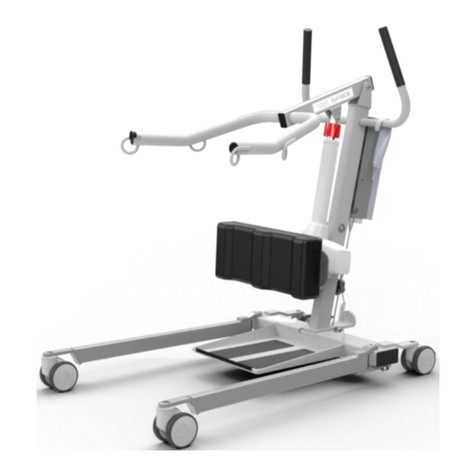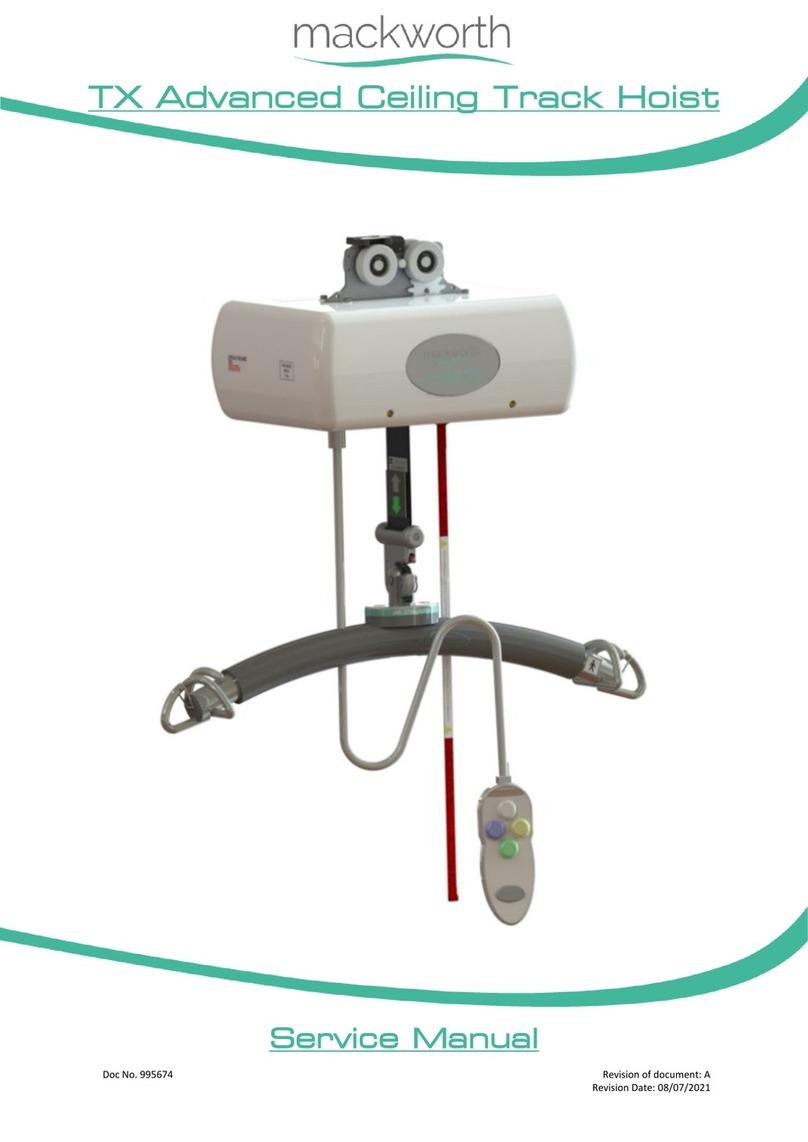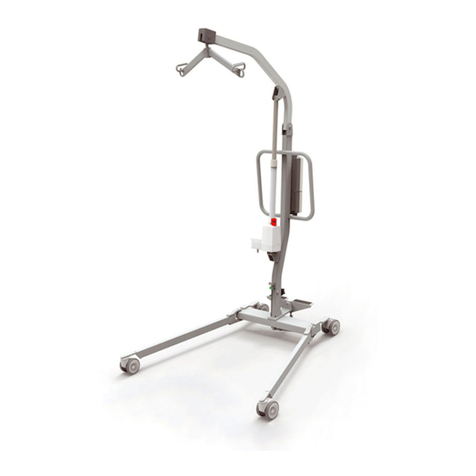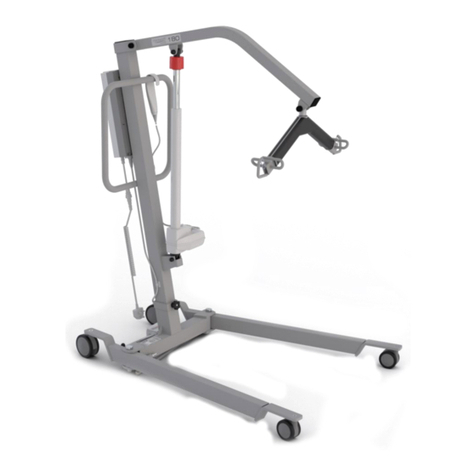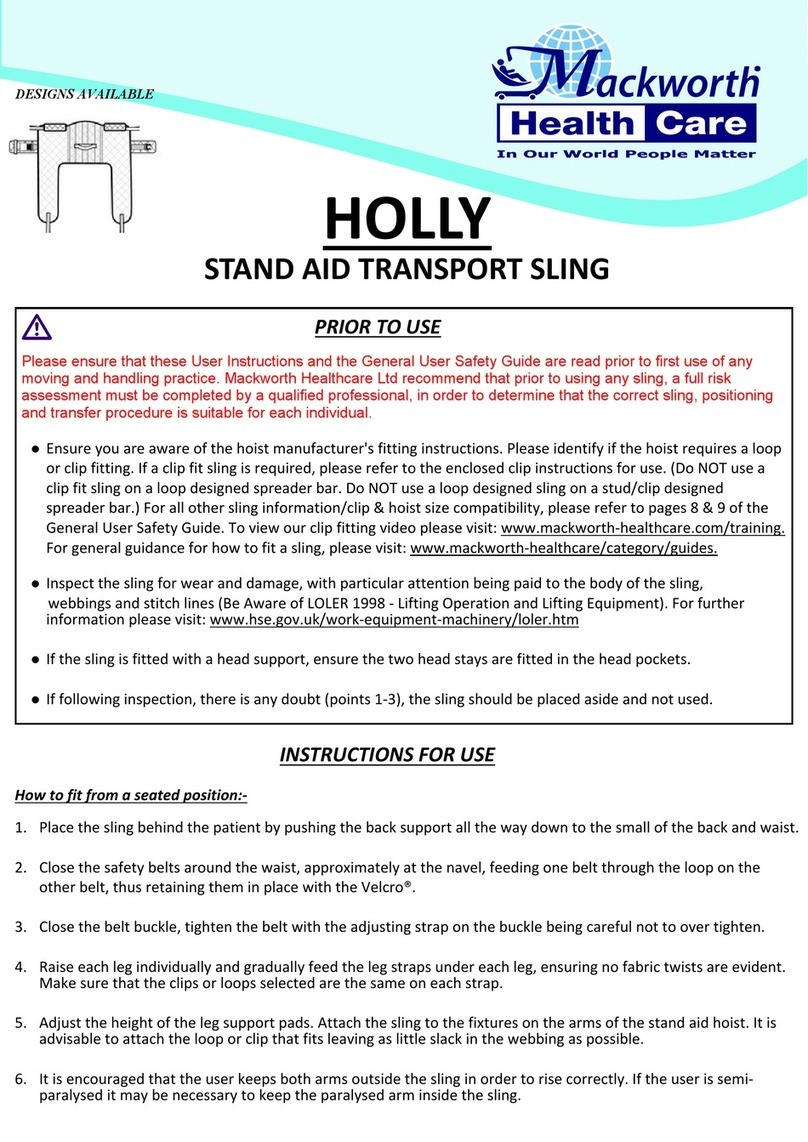
999061 – Revision A Page | 2 of 28
CONTENTS
1.0 Safety Instructions and Warnings ...................................................................................................................................................... 3
1.1 Introduction ................................................................................................................................................................................. 3
1.2 Manufacture ................................................................................................................................................................................ 3
1.3 European Authorised Representative............................................................................................................................................ 3
1.4 Symbols Used ............................................................................................................................................................................... 4
1.5 Contraindications/Limitations....................................................................................................................................................... 5
1.6 Intended Use................................................................................................................................................................................ 5
1.7 Warning Notes ............................................................................................................................................................................. 6
1.8 Operating Environment ................................................................................................................................................................ 6
2.0 Components / Key Parts.................................................................................................................................................................... 7
3.0 Assembly Instructions ....................................................................................................................................................................... 8
3.1 Unpacking .................................................................................................................................................................................... 8
3.2 Unboxing Transfer Aid .................................................................................................................................................................. 8
3.3 Transfer Aid Assembly .................................................................................................................................................................. 9
4.0 Frequenly Used Functions ................................................................................................................................................................. 9
4.1 Adjusting Knee/shin Pad (Single Knee Pad) .................................................................................................................................... 9
4.2 Adjusting Knee/shin Pad (Double Knee Pad) .................................................................................................................................10
4.3 Applying the brakes ....................................................................................................................................................................10
5.0 Operating Principles.........................................................................................................................................................................11
5.1 Standing a user who requires no assistance..................................................................................................................................11
5.2 Standing a user who requires assistance with optional Ladder belt. .............................................................................................11
5.3 Standing a user who requires assistance with the optional safety belt..........................................................................................12
5.4 Compatible Belt Types .................................................................................................................................................................13
6.0 Technical Specification .....................................................................................................................................................................14
6.1 Raiser Dimensions – Single Knee Pad............................................................................................................................................14
6.2 Raiser Dimensions – Double Knee Pad.........................................................................................................................................15
6.3 Specifications ..............................................................................................................................................................................16
6.4 Standards Applied .......................................................................................................................................................................16
7.0 Environmental - Storage and Operating Conditions ...........................................................................................................................17
7.1 Normal operating conditions........................................................................................................................................................17
7.2 Shipping and storage conditions...................................................................................................................................................17
8.0 Disposal ...........................................................................................................................................................................................17
9.0 Fault Finding ....................................................................................................................................................................................18
10.0 General Inspection, Maintanance and Cleaning.................................................................................................................................18
10.1 Service....................................................................................................................................................................................18
10.2 Inspection...............................................................................................................................................................................19
10.3 Cleaning..................................................................................................................................................................................20
10.3.1 General cleaning ................................................................................................................................................................20
10.3.2 Disinfecting (if necessary) ...................................................................................................................................................20
11.0 Warranty .........................................................................................................................................................................................21
12.0 Service Record History......................................................................................................................................................................22




















